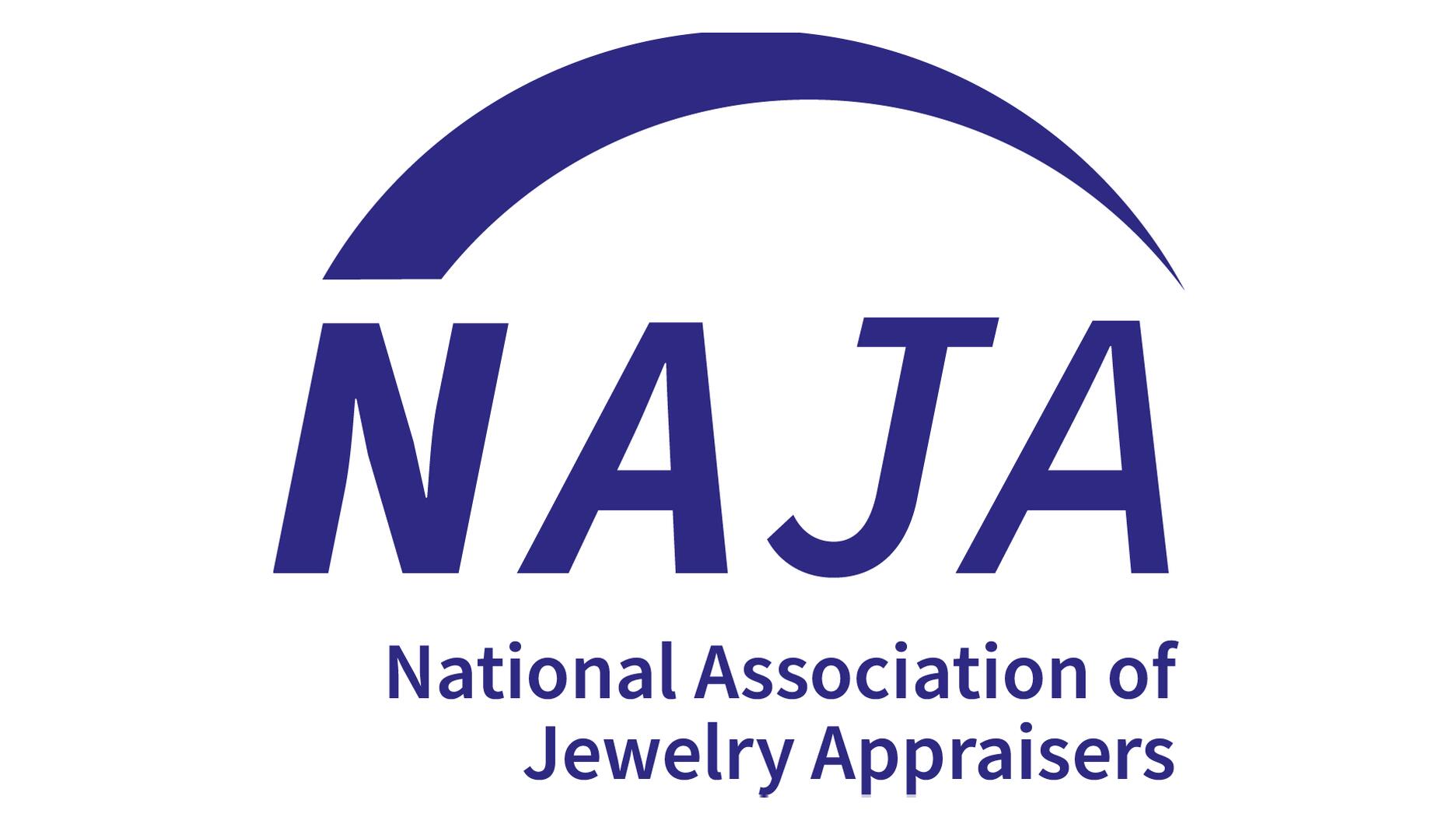It purchased the “Grosse Pièce,” an ultra-complicated Audemars Piguet pocket watch from the ‘20s, for a record-breaking price at Sotheby’s.
For Alrosa, Q1 Was a Tale of Two Halves
Like many companies, the diamond miner started off the year strong before business took a nosedive in February.

Moscow—Preliminary sales results released Thursday show the first quarter painted two different pictures for Alrosa.
Coming off a December and January in which diamond sales were “quite robust,” the mining company saw rough diamond sales increase 15 percent quarter-over-quarter to 9.4 million carats in the first half of Q1, with sales of gem-quality diamonds climbing 19 percent from the previous quarter amid a “gradual recovery in diamond demand.”
That changed in February, when the spread of COVID-19 brought markets worldwide to a halt.
Gem-quality rough diamond sales ended up being down 10 percent year-over-year in the first quarter, while industrial diamond sales dropped 13 percent.
Revenue from rough and polished sales declined 1 percent quarter-over-quarter and 10 percent year-over-year to $904 million, including $881 million in revenue from rough diamond sales and $23 million in polished.
Alrosa said the average realized price for gem-quality diamonds was $123/carat, down 17 percent quarter-over-quarter due to increased demand for bigger diamonds at the end of 2019 and flat year-over-year.
The diamond price index was down 1 percent quarter-over-quarter and 2 percent year-to-date in Q1.
Diamond production grew 2 percent year-over-year but was down 9 percent from the fourth quarter to 8 million carats. The year-over-year growth was due to increasing production at the Jubilee pipe and at the Aikhal and International underground mines.
Commenting on its first-quarter results, Alrosa noted 2020 started off relatively strong but then took a nosedive starting in February.
It said: “The diamond industry started 2020 in good shape as consumer sentiment improved across key markets for diamond jewelry, inventories at the midstream normalized, polished diamonds prices began to recover, and diamond sales were quite robust in December and January.
“However, the trend reversed as early as February, following the closure of markets in China and Hong Kong. The plunge worsened after COVID-19 spread to Europe and the U.S. The coronavirus pandemic had an impact on the economy across the world.”
The company is looking to China to spark the start of the recovery for the diamond business, noting it was the first hit but also the first to recover. It said the country will be “a key driver” as demand starts to pick up again.
Like De Beers, which canceled its most recent sight, Alrosa is allowing clients to defer diamond purchases while markets remain stagnant.
Looking ahead to the rest of
The company said sales will “depend on the COVID-19 epidemiological situation and respective measures taken globally.”
The Latest

Chandler got his start at Michelson Jewelers and has served as DCA president and CEO since 2001. He will retire at the end of the month.

Sponsored by Digital Monitoring Products

How Jewelers of America’s 20 Under 40 are leading to ensure a brighter future for the jewelry industry.

The boutique is slated to open this week inside Terminal 8, offering pre-owned Rolex watches and more to international travelers.


The lab-grown diamond grower now offers custom engagement and fashion jewelry through its Kira Custom Lab Jewelry service.

The special-edition egg pendant ingested in a New Zealand jewelry store was recovered after a six-day wait.

Roseco’s 704-page catalog showcases new lab-grown diamonds, findings, tools & more—available in print or interactive digital editions.

Associate Editor Natalie Francisco plays favorites with Piece of the Week, selecting a standout piece of jewelry from each month of 2025.

The “Love and Desire” campaign is inspired by the magic that follows when one’s heart leads the way, said the brand.

Two awardees will receive free tuition for an educational course at the Swiss lab, with flights and lodging included.

Berta de Pablos-Barbier will replace Alexander Lacik at the start of January, two months earlier than expected.

Sotheby’s held its first two jewelry sales at the Breuer building last week, and they totaled nearly $44 million.

Winners will receive free registration and lodging for its fourth annual event in Detroit.

Here are six ideas for making more engaging content for Instagram Reels and TikTok, courtesy of Duvall O’Steen and Jen Cullen Williams.

The honorees include a notable jewelry brand, an industry veteran, and an independent retailer.

Carlos Jose Hernandez and Joshua Zuazo were sentenced to life without the possibility of parole in the 2024 murder of Hussein “Sam” Murray.

Yood will serve alongside Eduard Stefanescu, the sustainability manager for C.Hafner, a precious metals refiner in Germany.

The New Orleans jeweler is also hosting pop-up jewelry boutiques in New York City and Dallas.

Set in a Tiffany & Co. necklace, it sold for $4.2 million, the highest price and price per carat paid for a Paraíba tourmaline at auction.

The jeweler’s “Deep Freeze” display showcases its iconic jewelry designs frozen in a vintage icebox.

Take luxury gifting to new heights this holiday season with the jeweler’s showstopping 12-carat sphene ring.

This year's theme is “Unveiling the Depths of the Ocean.”

In its annual report, Pinterest noted an increase in searches for brooches, heirloom jewelry, and ‘80s luxury.

Starting Jan. 1, customers can request the service for opal, peridot, and demantoid garnet.

The 111-year-old retailer celebrated the opening of its new location in Salem, New Hampshire, which is its third store in the state.

The new catalog features its most popular chains as well as new styles.


























